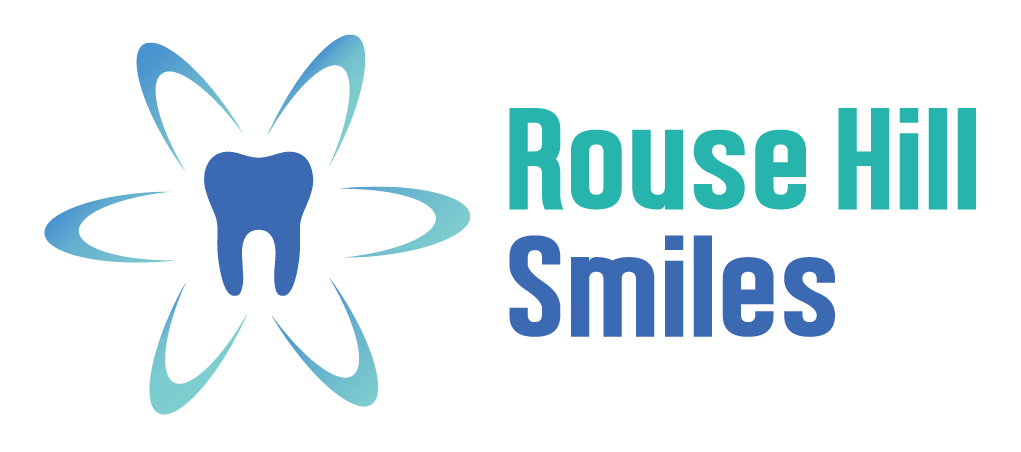How Many Teeth Does An Adult Have?
All of you have been to school, right? So all of you would be knowing how many teeth do humans have? Well, you would have answered it perfectly right by saying 32 adult teeth.
Now, do you know how many teeth you have in your mouth, keeping in mind the ones that are removed, damaged, broken, fallen, etc.? If not, then do have a count as we would go ahead and explain the anatomy of a tooth.
A set of 32 teeth in a typical adult includes four incisors, two canine teeth, two premolars and three molars (including the wisdom teeth) in each row. But, the wisdom teeth may need to be removed if,
i) There is not enough room for them to erupt comfortably.
ii) They become infected.
iii) They impact nearby teeth, cause crowding or damage to neighbouring teeth.
Coming to teeth anatomy, every tooth is made up of 3 different layers, namely – Enamel, Dentin, and Pulp.
Enamel:
The outermost layer of the tooth is called enamel which is visible and white in colour. It is a protective layer of the teeth. The enamel is known to be the hardest tissue in the entire body.
Dentin:
The mid-layer of the tooth is called dentin which is just like bone and also serves the same purpose as it gives structure to the tooth. There are millions of tubes that connect to the tooth’s life source called the pulp.
Pulp:
This is the living source of the tooth known as the core, which means the innermost layer. It is made up of nerves and blood.
Apart from the main three layers of the teeth,
i) The part just above the gum line is called the crown, and the one below the gum line is called the roots, attached to the jawbone.
ii) A tissue covering the root’s surfaces is cementum. Its primary function is to fix and support the teeth in the jawbones.
How Many Teeth Do Adults Have?
Right from the age of 5, milk teeth, known as the baby teeth, start falling, and the permanent teeth start growing. As we all know, adults have 32 teeth which are gained by the time we reach our teenage years.
All the adults have four types of teeth – 32 in total, with 16 in the upper jaw and 16 in the lower jaw. Here are the total number, types of teeth, and their function in adults.
8 Incisors:
The front four teeth at the top and the bottom are called incisors which are sharp and thus let you hold, bite, or cut your food. They can sense the texture of the food as well.
4 Canines or Cuspids:
The corner pointed teeth on the top, and bottom corners (two in each row) are called canine teeth, or cuspids. They help in tearing or grabbing the food easily.
8 Premolars:
The teeth between the canines and molars are called premolars (also known as bicuspids). They help us with chewing and grinding our food.
12 molars:
There are 12 molars in total, with four on each row to grind and mush the food before finally being swallowed. The remaining four molars are the wisdom teeth that usually emerge between the ages of 17 – 24 (or even in your 30s).
Oral Hygiene – Take Care Of Your Teeth
Each of your teeth has its own designated function, which it performs during childhood and adulthood. Your responsibility here is to take good care of your teeth and keep your gums healthy in order to avoid cavities and other dental issues.
Even though you brush regularly, it is not the only way you can maintain your dental hygiene. In order to maintain a healthy and clean mouth, you must:
- Brush your teeth twice a day.
- Use a fluoride mouthwash.
- Floss your teeth at least once a day.
- And see your dentist for routine cleanup and exams.
A routine check-up and dental exam gives you a better idea of your teeth’s present condition. A dental check-up every six months can let your dentist know about the early symptoms of any oral disease. This way, you can get the best possible solutions to the problem without indulging in an invasive procedure.
You should also consider visiting the dentist if you experience any unusual symptoms, such as an infection, continuous bleeding, or inflammation.
How Can We Help?
Rouse Hill Smiles Dental Care strives to deliver the finest solutions to you regarding any dental problems. We offer affordable services, including emergency dental care and late-night assistance on Tuesdays and Thursdays, for your convenience.
Visit our website for more offers on various services or visit our clinic for consultations because we believe that you deserve a healthier and more confident smile.
Our Principal Dentist
Dr. Teena and the Rouse Hill Smiles team are dedicated to providing patients of all ages with the highest quality of care.

Dr. Teena Bali
Dentist
Quick Contacts
- Rouse Hill Plaza G07-G08, 2-4 Aberdour Avenue Rouse Hill, NSW 2155
- enquiries@rousehillsmilesdentalcare.com.au
- (02) 8320 0548







